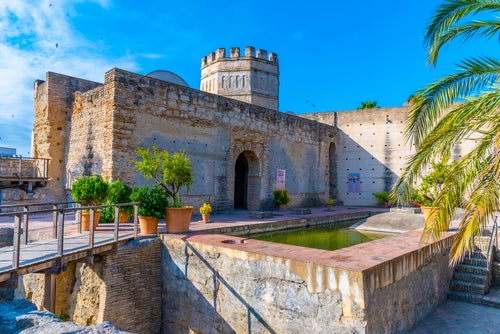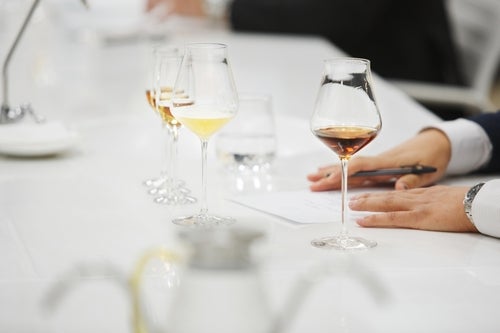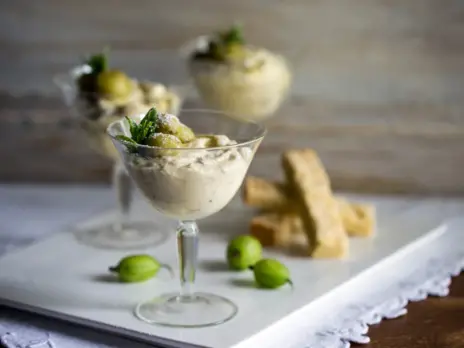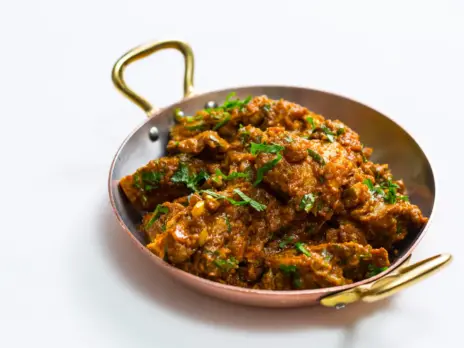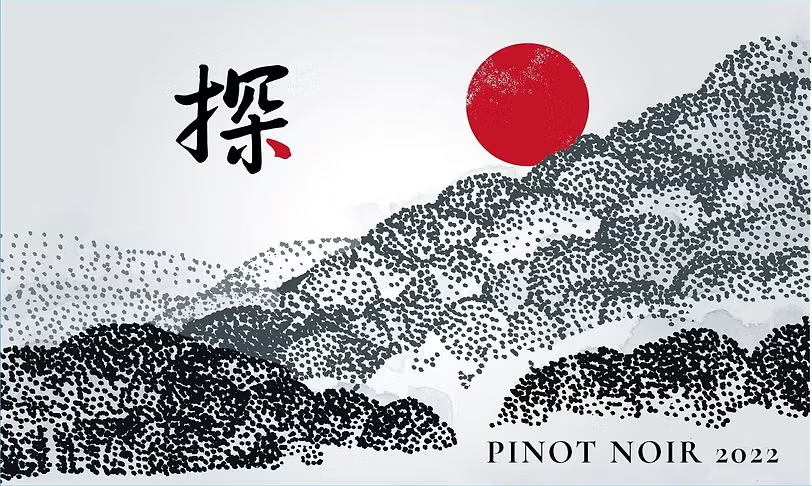
The de Montille & Hokkaido project is part of the growing Hokkaido Japanese wine scene, bringing Burgundian expertise to Japan’s northernmost island.
(European names follow the convention of personal name, family name. Japanese names follow the Japanese convention of family name, personal name.)
The de Montille family has long been synonymous with Burgundy wine. Their Volnay domaine dates back to the 1730s, taking the family name after the marriage of Etienne Joseph Marie Léonce Bizouard de Montille to Marie Eléonore Chauvelot de Chevannes in 1863, and today the domaine remains in family hands, with operations overseen by Etienne de Montille, great-grandson of his namesake.
Under Etienne’s stewardship, the family has taken their expertise far from their ancestral homeland. In 2016, Etienne established two vineyard projects: one, in California (the Racines project with Champagne’s Rodolphe Peters in the Santa Rita Hills), took the de Montille family down a path trodden by many an expansive Burgundy producer. But the site of the other was altogether more surprising: Hokkaido, Japan’s northernmost island, and a place more famous for its powder snow skiing and dairy products than wine production. The resulting De Montille & Hokkaido project was one of the first instances of foreign investment in Japanese wine—and the arrival of a centuries-old renowned Burgundy producer has been seen as a resounding vote of confidence in Japanese wines and a big step towards integrating the country into the global fine-wine conversation.
Vineyards on an island of snow
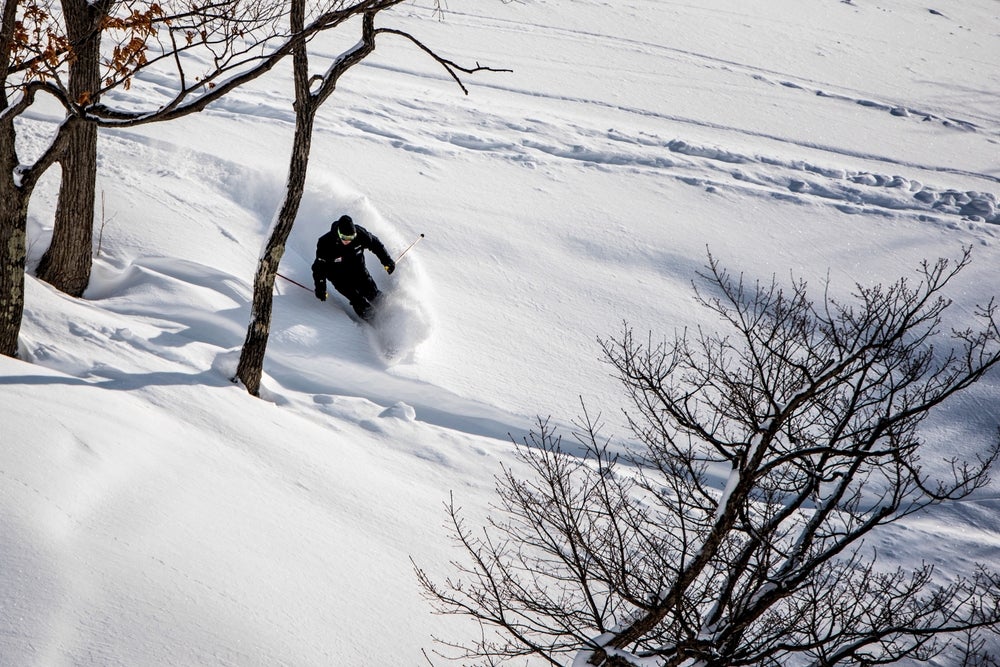
If you ask a Japanese person for Hokkaido travel advice, they will tell you to visit Sapporo (the prefecture’s capital) in February for the Snow Festival before heading north to the Sea of Okhotsk to witness the ice floes from Russia. If you ask a ski fanatic, they will tell you to go to Niseko, Hokkaido’s most famous ski resort with 80 to 100 days of snow during the winter ski season and a haven of JAPOW (Japanese powder snow). Despite sitting at a longitude around 43°N to Burgundy’s 47°N, Hokkaido’s proximity to Siberia and the equator-headed currents bringing cold weather across from Russia cools the island, whereas weather coming off the Atlantic warms Burgundy. In a region that can reach -22°F (-30°C) in the winter, winemaking seems like an unlikely pursuit.
However, towards the south of the island, where most of the region’s wineries are gathered, the climate lends itself well to de Montille & Hokkaido’s grapes of choice: Pinot Noir and Chardonnay. With low snowfall, relatively mild winters, and long summer sunshine hours, Hakodate offered the closest conditions to those Etienne de Montille was seeking and, he thought, held the potential to produce elegant wines.
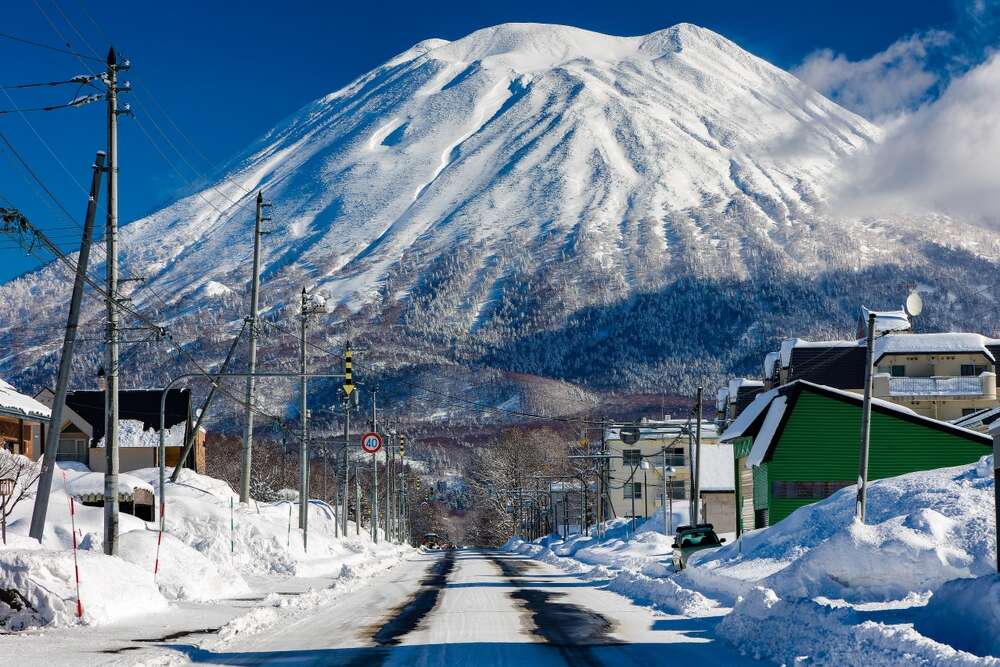
The most common red wine grape cultivated in Japan is Muscat Bailey A, bred in the 1920s by Kawakami Zenbei for cold resistance. For white, the most popular by far is Koshu, a cross of unknown provenance between a wild Chinese variety and European Vitis vinifera. Some Hokkaido wineries are following in the crossbreeding vein of Koshu: Ikeda Grape and Wine Research Group, located further north in the Tokachi Subprefecture and who also produce wine, are experimenting with breeding wine varieties with local wild grapes to introduce cold-resistant genes. Introducing resistance to bitter temperatures would mean that vineyards like those in Ikeda could avoid the added labor of burying and uncovering the grape vines every winter and spring.
When I spoke to the team at de Montille & Hokkaido, I asked whether crossbreeding with wild varieties was something they were also considering, but they are currently focusing exclusively on Pinot Noir and Chardonnay grapes with no plans to introduce other varieties or experiment with crossbreeding soon. They also avoid the labour of burying by using snow to insulate the vines from sub-zero temperatures, just as an igloo can prevent humans from freezing to death. Although average temperatures tend to be slightly lower than Burgundy, Pinot Noir thrives in cooler climates and Hakodate’s proximity to the sea helps to lower the risk of the late spring frosts to which Pinot is famously susceptible. It seems that the plan for the winery is to stay within the scope of Burgundian expertise that the de Montille family bring. For them, being a joint Franco-Japanese adventure means “the objective perspective gained from France’s experience and knowledge will provide the Japanese wine industry with hints for innovation that are not bound by existing customs.”
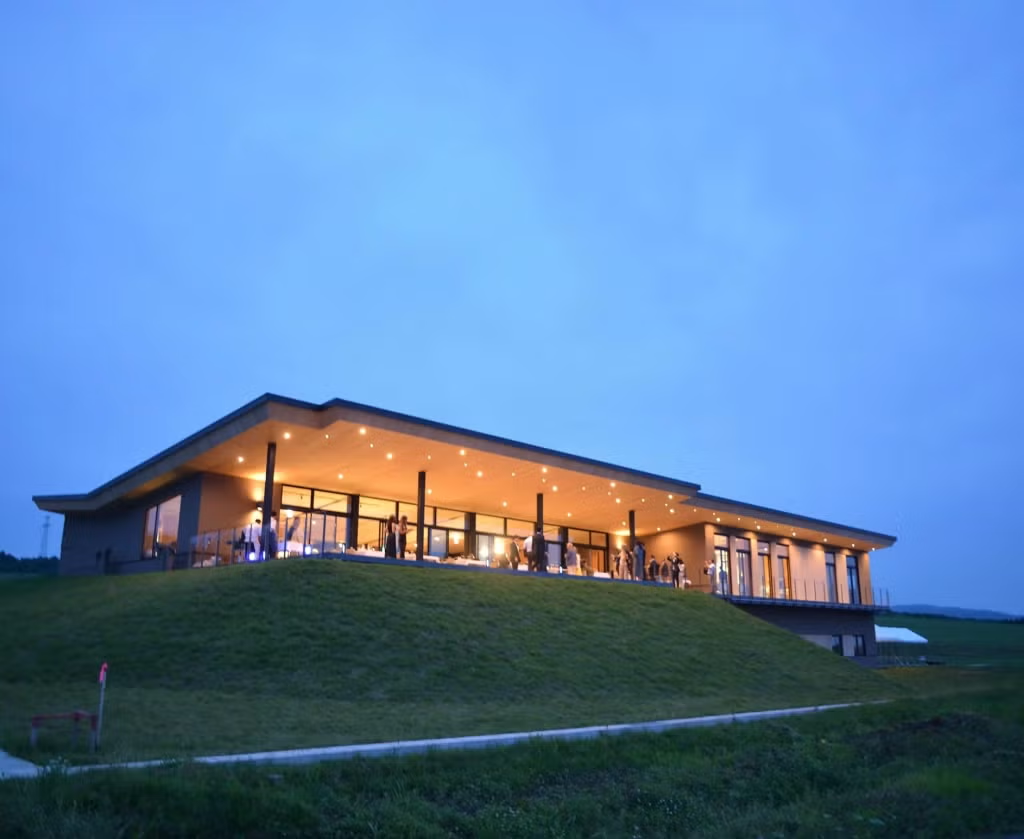
Despite this transfer of Burgundian knowledge, the goal of the de Montille & Hokkaido project is not to produce carbon copies of Burgundy. The climate and other challenges are different (pest and vermin seem particularly challenging in Hokkaido due to the rich local vegetation environment), and the emphasis is on innovation and exploration. “We are confident that Japanese wine has a uniqueness that cannot be found in other wine-producing regions around the world,” the team told me. “Diversity is one of the characteristics of wine, and we believe that this characteristic is universally recognized.”
Although it has grown significantly in the past decade, much of Hokkaido’s wine industry is still in its fledgling stages. In the case of de Montille’s venture, the vines were planted in 2019, offering a small harvest in 2023. The specific expression of de Montille x Hokkaido will need time to emerge, then. But as climate change warms Japan’s most northern island, more and more areas will become viable for viticulture, and it seems only a matter of time before more fine-wine producers follow in the de Montille family’s adventurous footsteps.


